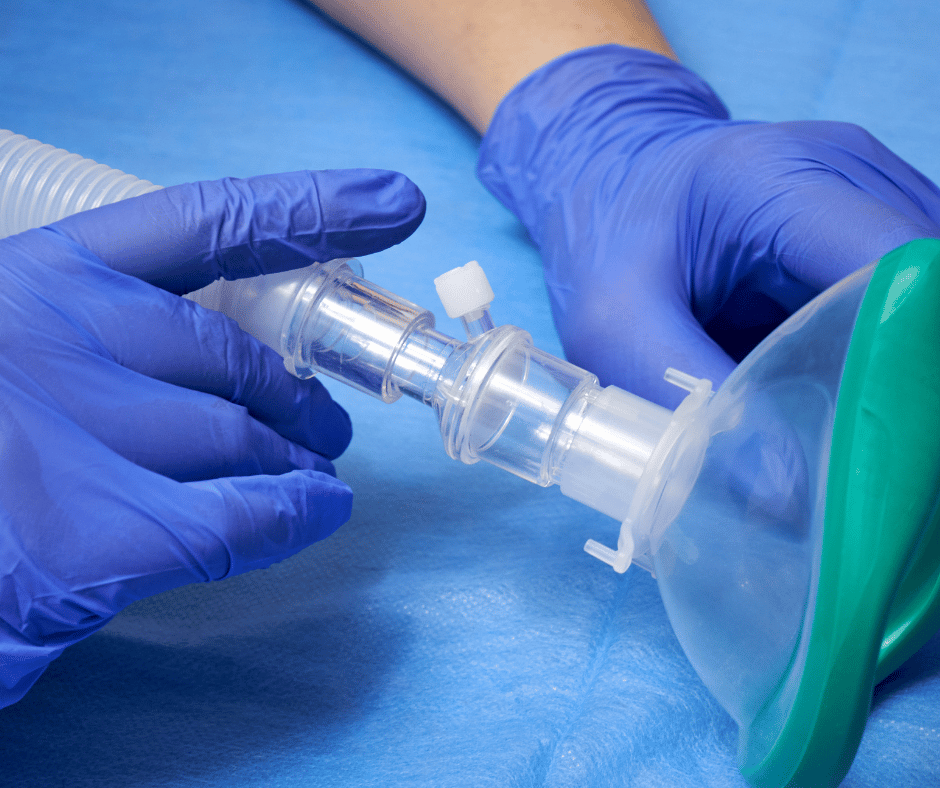Face masks are considered basic medical devices used in various healthcare settings, from intensive care units to emergency rooms. Their primary function is to deliver a controlled mixture of gases, such as oxygen, air, or anesthetic agents to the patient. Given the diverse range of masks available and their specific applications, understanding their classification and grouping for sanitary registration in Mexico is crucial for successfully introducing new products to the market.
In this article, we will delve into the different types of face masks in the market and their classification in Mexico based on the regulatory framework.
Types of Masks
Masks can be broadly categorized into two main types based on their intended use:
- Anesthesia Masks: These are used to administer anesthetic gases during surgical procedures. They can be further classified by:
- Age range: Neonatal, infant, pediatric, and adult.
- Shape: Standard and anatomical.
- Other characteristics: Specialty, clear, inflatable, silicone, PVC, etc.
- Oxygen Delivery Masks: These are designed to provide supplemental oxygen to patients. They can be categorized into:
- Simple masks: These deliver oxygen at a low flow rate.
- Venturi masks: These allow for precise control of the oxygen concentration delivered to the patient.
- Non-rebreathing masks: These deliver a high concentration of oxygen and prevent the patient from rebreathing exhaled carbon dioxide.
- Aerosol masks: These deliver oxygen in the form of a fine mist.
- Tracheostomy masks, while related to oxygen delivery masks, are often classified separately due to their unique design and application.
Classification and Grouping in Mexico
In Mexico, anesthesia and oxygen delivery masks are classified as Class II medical devices (rule 2 FEUM) under the category of V. Surgical materials or wound care related devices (Art. 262 LGS). This classification reflects their non-invasive nature and the duration of their contact with patients, which can range from a few minutes to several days.
For registration purposes, the following grouping strategy is recommended:
- Anesthesia masks: All models with variations only in age range, shape, and other characteristics can be included in a single registration, provided they use the same materials and technology.
- Oxygen delivery masks: Due to differences in design, working principles, materials, and intended use, these masks should generally be registered separately. However, justification for grouping certain types in a single registration may be possible in some cases.
- Tracheostomy masks: These must be registered separately due to their distinct intended use and technology.
Additional Considerations
Some anesthesia or oxygen delivery masks are designed to be used as part of anesthesia machines or mechanical ventilators. While these machines are classified as medical equipment, the masks themselves, especially single-use ones, must be registered separately and are not considered accessories.
Conclusion
Navigating the classification and grouping of anesthesia and oxygen delivery masks for registration in Mexico can be complex. While general guidelines exist, each case requires careful assessment to ensure compliance with regulatory requirements. Contact us at contact@veraqueconsulting.com for professional guidance to streamline the registration process and facilitate successful market entry. You can also check our checklists for further guidance.

